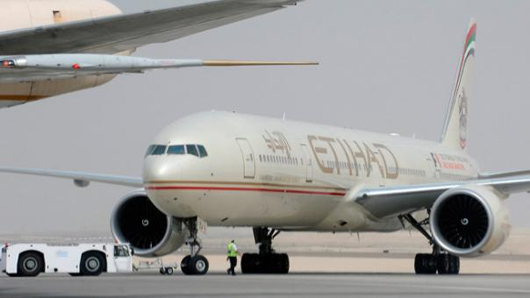New Delhi, Mar 16: The CBI probe into alleged sale of confidential documents from Finance Ministry has revealed that most of the records related to controversial Jet-Etihad deal were allegedly leaked with the help of officials in the FIPB.
The sources said during questioning of suspects arrested by the agency and phone intercepts available with it, it has emerged that the Rs 2,058 crore Jet-Etihad deal was one of the many crucial deals whose records were leaked to middlemen. They said it has come to light that right from the proposal stage to the final documents of the deal, which could materialise after the FDI limit in aviation sector was raised from 26 to 49 per cent, records were being regularly leaked from the Finance Ministry.

The sources said most of the communication between Finance Ministry, including file notings from very top levels in the ministry, were allegedly leaked.
Earlier, CBI had said that "first and second level of decision making in the Finance Ministry were compromised", but now the agency sources said that probe may bring into scanner officials above these levels.
BJP leader Subramanian Swamy had approached the Supreme Court and sought a CBI probe against government officials who cleared the deal, while questioning government's decision to execute the agreement in favour of Abu Dhabi under the existing Air Service Agreement between the governments of India and United Arab Emirates.
In connection with leak of confidential documents, CBI has so far arrested five persons including an Under Secretary in the Department of Disinvestment and Grievances Ashok Kumar Singh, Assistant in FIPB section Ram Niwas, Section Officer in the Department of Economic Affairs Lala Ram Sharma, Mumbai based Chartered Accountant Khemchand Gandhi and Paresh Chimanlal Buddhadeb, a partner in Chitale Law firm, Mumbai.
It is alleged that the government servants were passing on documents related to foreign investment policies, which were being floated in the ministries, to Gandhi, who in turn passed them on to big corporates for a price.





Comments
Add new comment